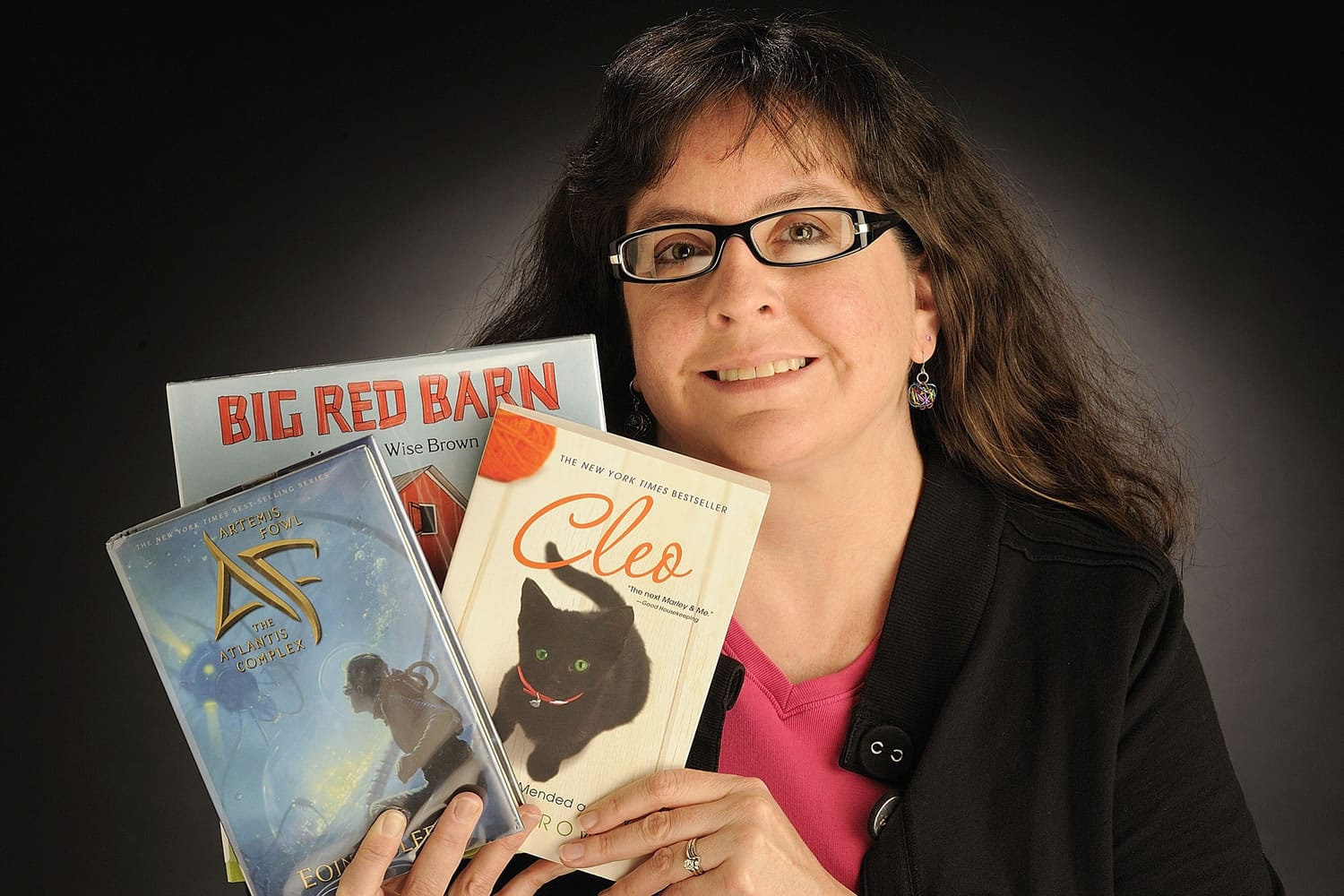Way back when, during my junior high school days (back when it was called “junior high” and not “middle school” as it is now), I, and every other junior high student, was forced to diagram sentences. I did not like to do this — not at all. To know me now — English major, librarian, writer of “Check It Out” — one might assume that all things language-related thrill me to pieces. Beautifully written sentences? Yes. Knowing the difference between a “compound predicate with direct objects” and a “compound predicate with one direct object?” Not so much.
This isn’t to say that I don’t appreciate the need for rules of grammar. Without consistency in sentence structure and punctuation, reading a book would become a monumental task, like trying to untangle oneself from a thicket of blackberry vines. (Either that or we’d all sound like Yoda from the “Star Wars” movies: ‘Speak oddly, we would’ or ‘Would oddly speak, we’). Commas, adverbs, prepositional phrases — they’re all eminently useful and necessary to writers everywhere.
What I find truly helpful when trying to pick my way through the thorny brambles of grammar (of which there are many) is having a resource that’s accessible, to the point, and most of all, not too serious. If I, a writer, decide to use multiple commas, say, in this very sentence, I do not need to be scolded by an overly-stern grammar guide. On the other hand, I don’t want my writing style to be completely loosey-goosey — just a little bit. Thankfully the language advice found in “Between You & Me” strikes the perfect balance between sounding like a no-nonsense English teacher and a smart, funny friend. In other words, it’s a lovely way to increase your grammar prowess while also improving your writing skills without feeling like your knuckles have been rapped with a ruler.
Mary Norris has been a copy editor at “The New Yorker” for more than 30 years, which means she knows of what she writes. Through her descriptions of life as a copy editor, the reader soon gets a sense of what it must be like to work for so venerated a publication. You may already know that scores of great writers have contributed content to “The New Yorker,” but you may not realize the degree to which the behind-the-scenes staff research, proofread, and edit every single word.



